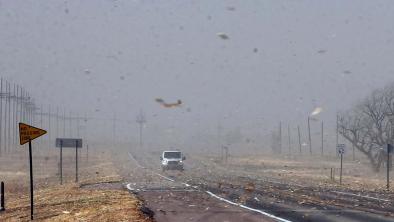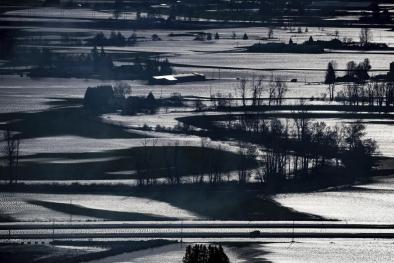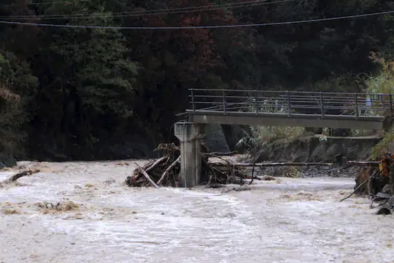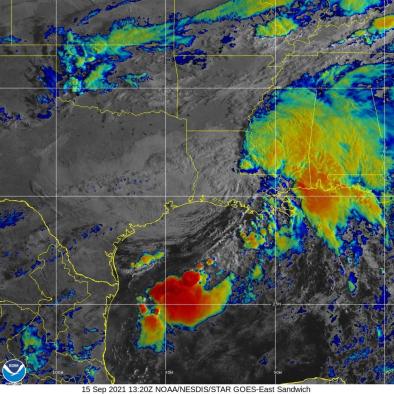It's not the heat; it's the humidity
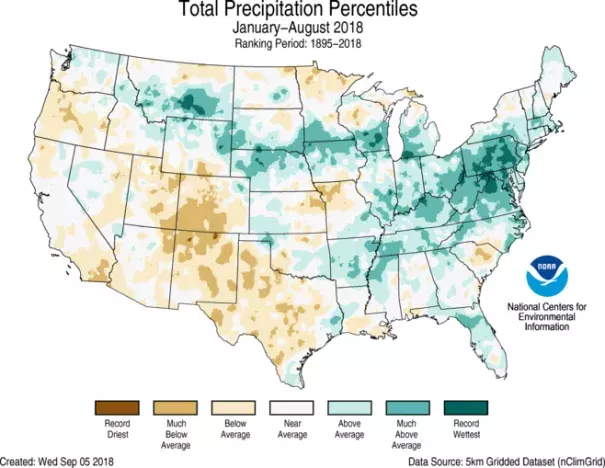
We live in a warming world. And we often characterize that warming through metrics of temperature. But that’s only a sliver of the story. Another sliver, and perhaps a more consequential one, of the story is the connected increase in atmospheric moisture.
Recent months have brought us—yet again—real-world examples of what these increases in moisture can bring.
To say it’s been a wet year in the mid-Atlantic is an understatement. Through August, that is to say, before Florence, we were already working on the wettest year on record, or close to it, in much of the region.
...
By NCEI’s Climate Extremes Index—another way to diagnose changes in Big Rain—it’s increasing, too. Component 4 of the CEI is dedicated to one-day rainfall totals. That trend is up, with a bullet.
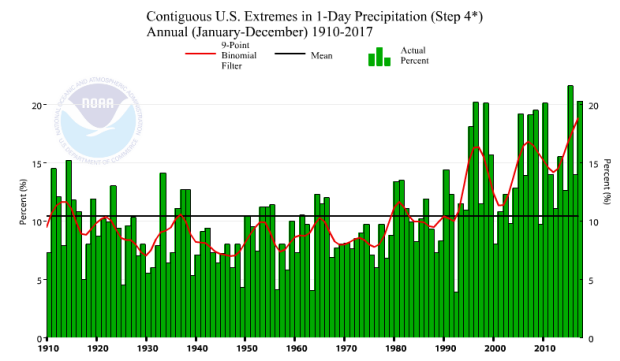
NCEI's Climate Extremes Index Component 4 shows how much of the US was subject to greater than normal proportion of precipitation derived from extreme 1-day precipitation events. The increase in recent years means that more of the US is subject to increased very heavy one-day precipitation.
How is that tied to warming? The same way: a warmer atmosphere can hold more water vapor and an atmosphere with more water vapor can make more precipitation. And the warmer it gets, the higher the theoretical “Big Rain” events can get. That’s playing out in the data, pretty much any way you look at it.
Related Content
